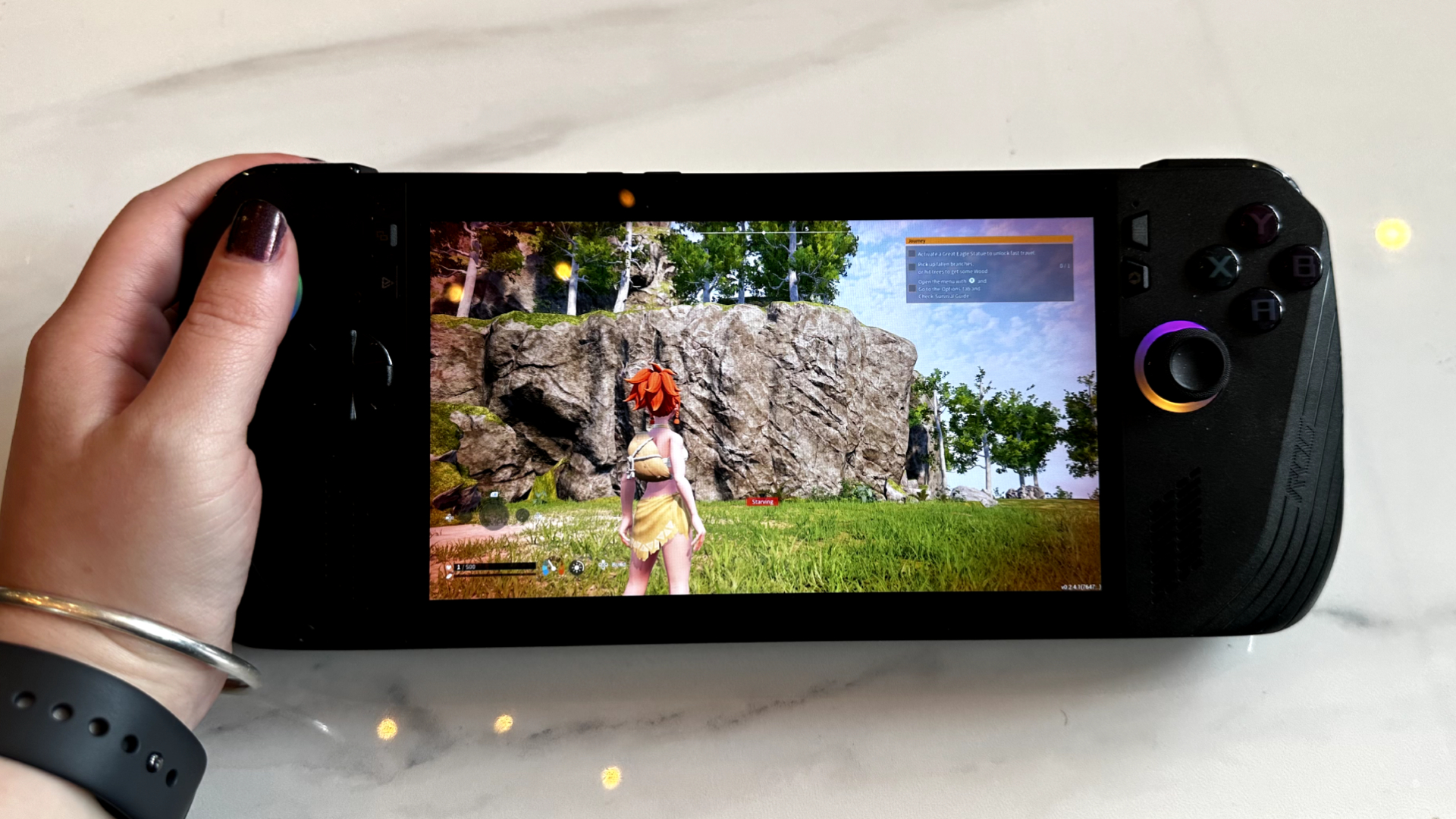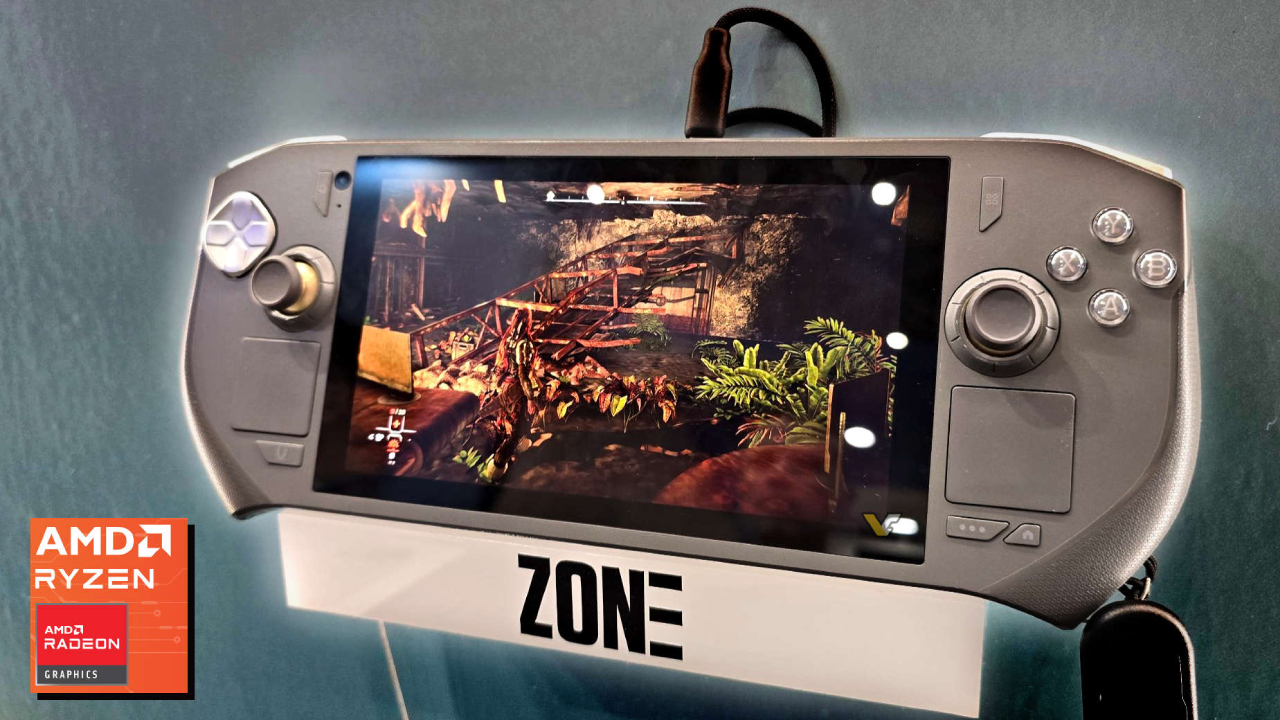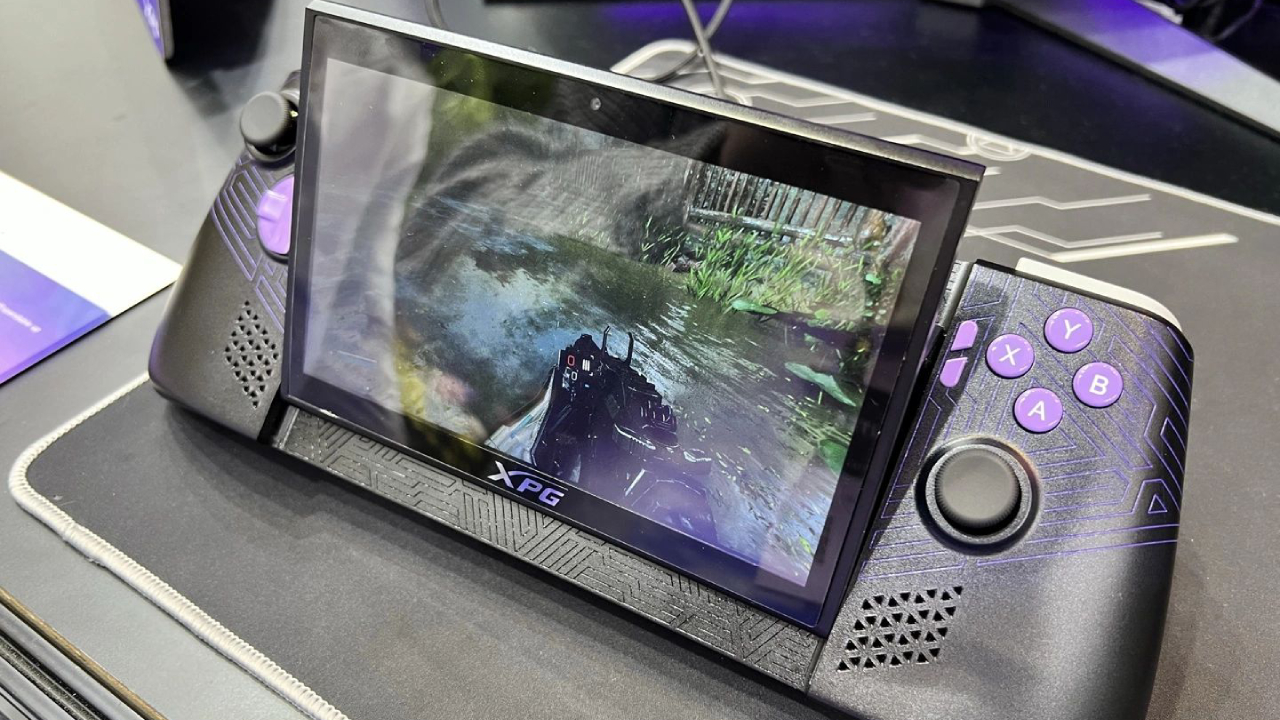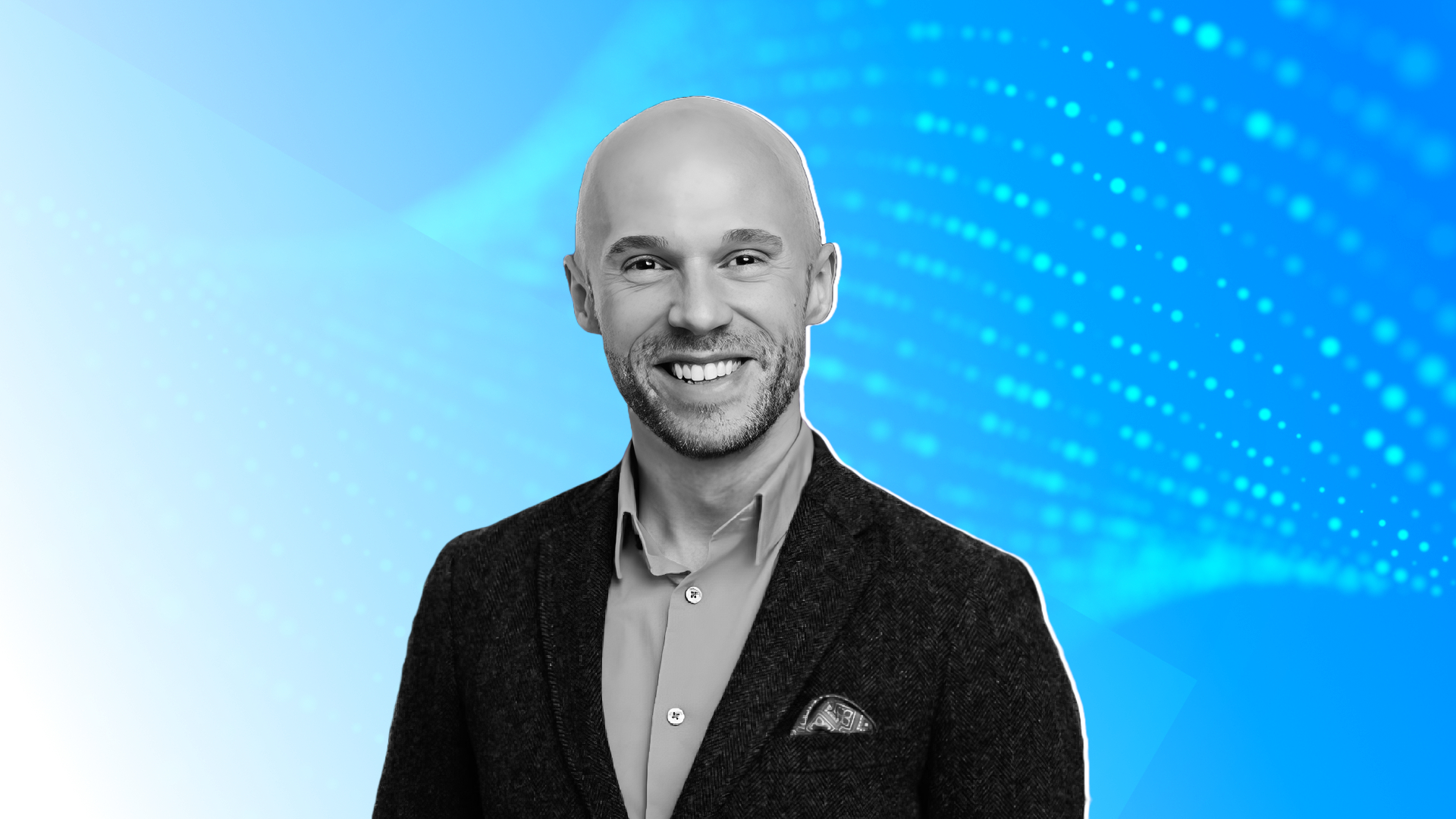Every Windows gaming handheld announced at Computex 2024
From ROG Ally to MSI Claw, here's everything you missed

Computex 2024 came and went, and to the surprise of no one, we've seen a few gaming handhelds unveiled throughout.
Windows gaming handhelds have seen a popularity boom since the Asus ROG Ally launch in June 2023, which itself was a reply to the Steam Deck which launched in February 2022. A year on, many more hardware companies are getting into the scene with their own unique devices, and it seems like there's no end in sight.
Here's a breakdown of every Windows gaming handheld unveiled at Computex 2024, including the Asus ROG Ally X, MSI Claw 8 AI Plus, ZOTAC ZONE, and Adata XPG NIA.
Every Windows gaming handheld announced at Computex 2024
1. Asus ROG Ally X
The Asus ROG Ally X is the company's upcoming mid-generation model for its handheld gaming series. It is already available for pre-order at Best Buy for $799 and will release on July 22.

It features the same AMD Ryzen Z1 Extreme chip and 7-inch FHD, 1,920 x 1,080 IPS display at 120Hz refresh rate as its predecessor, but now has 24GB of LPDDR5X RAM, 1TB of SSD storage, and an 80Wh battery. It also swaps its ROG Ally’s XG Mobile for two USB Type-C ports, one of which has Thunderbolt 4. It also features some ergonomic changes, with redesigned handles, triggers, buttons, and sticks.
Laptop Mag went hands-on with the Ally X during Computex 2024, and we believe it to be a "Massive overhaul of one of the most successful handheld gaming PCs we’ve seen yet." We're incredibly excited to get the full device in our hands, and as someone who previously claimed the Asus ROG Ally is my new favorite gaming "laptop," I cannot wait to play with it.
2. MSI Claw 8 AI Plus
The MSI Claw 8 AI Plus's announcement on Monday was a bizarre one, in that it came three months after the launch of its predecessor, which we definitively said not to buy in our review.
Get The Snapshot, our free newsletter on the future of computing
Sign up to receive The Snapshot, a free special dispatch from Laptop Mag, in your inbox.

We don't have the full list of specs available yet, but its biggest upgrades are an Intel Core Ultra (Lunar Lake) processor, an 8-inch, FHD, 120Hz display, and 80Wh battery.
This means it'll be larger, with faster processing speeds, and longer battery life. Its other specs could mirror the current Claw A1M, with choices between 512GB or 1TB of storage, and an i5 or i7 processor.
Its release date and price are up in the air, but it will likely be as much or more than the current $699 starting price point, or around the $799 maximum price. The original 7-inch MSI Claw was also reported to see an upgrade to Lunar Lake processors from PC World.
3. Zotac Zone
ZOTAC, the graphics card manufacturer, has made an abrupt dive into the gaming handheld space with the ZOTAC ZONE.
It's built with an AMD Ryzen 7 8840 processor, a 7-inch AMOLED display at a 120Hz refresh rate, 16GB of RAM, and 512GB of M.2 NVME 2280 SSD storage. It also has a 48.5Wh battery, which might prove to be underpowered with the Ally X and Claw 8 upgrading to 80Wh batteries.

Its 12.2 x 5.3 x 1.6-inch measurements make it one of the largest handheld gaming consoles. The ROG Ally (11 x 4.4 x 0.8 inches), ROG Ally X (11 x 4.4 x 1.1 inches), MSI Claw (11.6 x 4.6 x 0.85 inches), and Lenovo Legion Go (11.8 x 5.2 x 1.6 inches) are all smaller.
Considering the Legion Go has an 8.8-inch panel, the Zotac Zone's size is unexpected. While the exact weight is to be determined, it's reportedly under 700 grams according to a Videocardz report.
The ZONE is unique among other Windows gaming handhelds due to its design, as it features square trackpads beneath the face buttons and joysticks, similar to the Steam Deck. This would allow for seamless cursor movement and could be useful for those who'd rather not use the joysticks to emulate a mouse.
The Zone is set to launch in September according to Geeknetic, with a price of around $800, which would match the Ally X. I'm certainly looking forward to seeing how it stacks up against competitors.
4. Adata XPG NIA
The Adata XPG NIA is a new Windows gaming handheld built with an AMD Phoenix APU, but according to Videocardz, "attendees have learned it's either Ryzen 7 8840U or Ryzen Z1 Extreme."
Its SSD is expandable up to 2TB, and ships with CAMM2 memory with LPDDR5x, which is also expandable up to 64GB. The Adata's handheld also includes a camera that has eye-tracking functionality, something currently unique to the world of handhelds.

The device's uniqueness doesn't end there, as the display will have a pop-out design, allowing users to push it down into the handheld, or pull it out so it's facing the user at different angles. We don't know how far it can come out quite yet, but after a rough look based on Retro Handhelds images, it seems like a 30 to 40-degree angle.
The benefit of this may not initially be obvious, but holding a controller vertically so it can face the user isn't common. When playing console games, many keep the gamepad in their lap in a relaxed position. The XPG NIA having an angled display could mimic that ergonomic angle while still allowing the user to look at the screen directly.
According to Hardware Busters' hands-on, the device is set to launch between $500 and $600 and is aiming for an early 2025 release. While the Ally X is a successor to my favorite gaming handheld, the XPG NIA is what I'm looking forward to trying the most from this list.
And more will likely come
While this list only includes devices officially announced, it isn't the end. During Intel's Computex keynote, an Inventec Lunar Lake-powered handheld gaming device is visible on the bottom left as the camera pulls back to view the company's new partnerships in full.
While it looks like an Asus ROG Ally, its D-Pad is distinct. The device hasn't been officially unveiled yet, but it's more proof that Windows handheld gaming devices are booming in popularity.
More from Laptop Mag

Self-described art critic and unabashedly pretentious, Claire finds joy in impassioned ramblings about her closeness to video games. She has a bachelor’s degree in Journalism & Media Studies from Brooklyn College and five years of experience in entertainment journalism. Claire is a stalwart defender of the importance found in subjectivity and spends most days overwhelmed with excitement for the past, present and future of gaming. When she isn't writing or playing Dark Souls, she can be found eating chicken fettuccine alfredo and watching anime.
